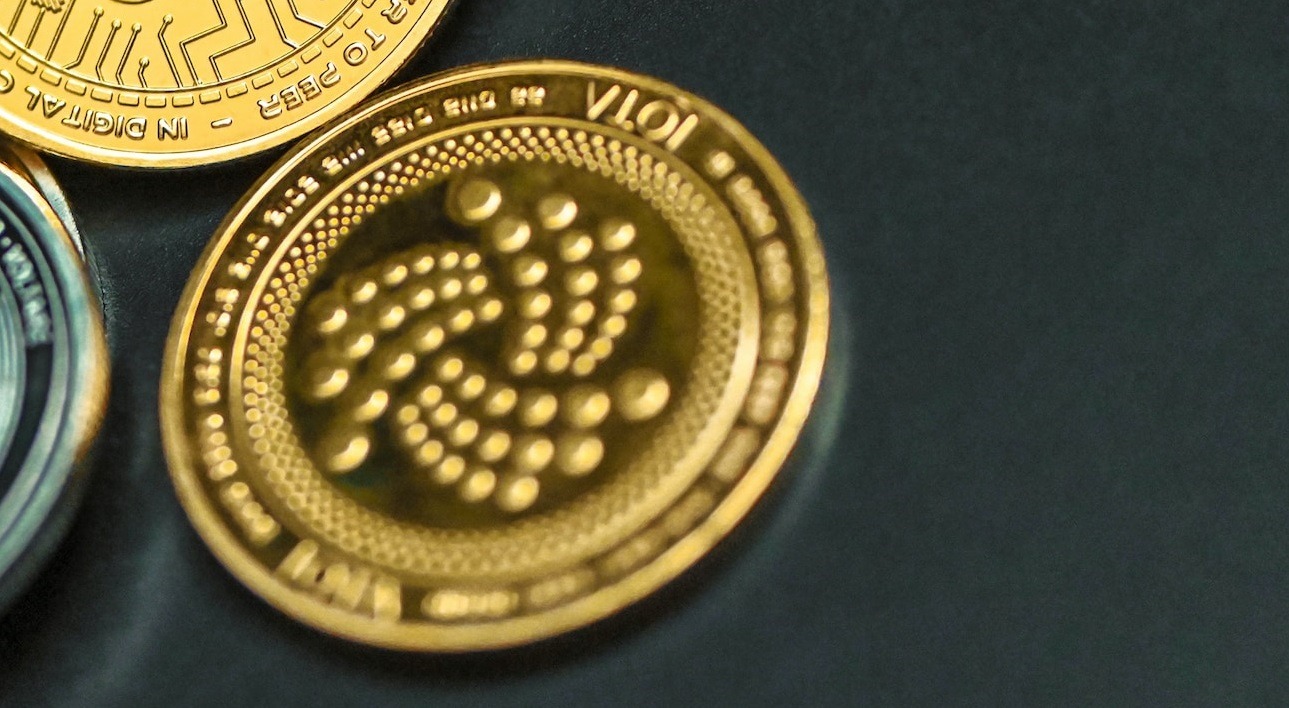
- In the Security Showdown between Ethereum and IOTA, Ethereum relies on proven Proof-of-Work (PoW) and established cryptographic algorithms, offering robust security.
- Meanwhile, IOTA’s Directed Acyclic Graph (DAG) and feeless transactions prioritize decentralization and scalability, creating a nuanced security landscape where the best choice depends on individual priorities and risk tolerance in the dynamic world of blockchain technology.
The blockchain realm is witnessing a fierce battle for supremacy between Ethereum and IOTA, each flaunting distinct approaches to transaction security. In this Security Showdown, we delve into the intricacies of their consensus mechanisms, cryptographic foundations, vulnerability landscapes, and transaction fee models to determine which platform emerges as the security champion.
Centralized vs. Decentralized
Ethereum relies on the widely used Proof-of-Work (PoW) consensus, a method that has demonstrated robust security but raises concerns over energy consumption and centralization. In contrast, IOTA employs Directed Acyclic Graph (DAG), a decentralized approach where users validate transactions without the need for energy-intensive mining, promoting a more egalitarian control structure.
Familiar vs. Novel
Ethereum relies on established cryptographic algorithms like SHA-256 and ECDSA, offering a track record of security. On the flip side, IOTA uses its bespoke Curl-P hash function and Winternitz signatures. While novel, the custom design raises questions about untested vulnerabilities.
Vulnerability Landscape: Past and Present
Both Ethereum and IOTA have encountered security challenges. Ethereum faced notorious hacks, while IOTA dealt with vulnerabilities in its early hash function and centralized coordinator. Active efforts from IOTA developers showcase a commitment to rectify issues and enhance overall security.
Transaction Fees: Free vs. Costly
Ethereum transactions carry fees that fluctuate with network congestion, potentially hindering everyday transactions. IOTA, known for feeless transactions, shines in scenarios like micropayments and IoT applications. However, concerns about potential spam attacks and long-term sustainability without transaction fees persist.
Also read: Is IOTA the Next Big Cryptocurrency Investment? The Abu Dhabi Connection
A Security Balancing Act
In the security faceoff, Ethereum touts established cryptography and the reliability of PoW, while IOTA showcases the scalability of DAG and feeless transactions. The winner depends on user priorities—Ethereum for proven security or IOTA for decentralization and scalability.
Security remains an evolving facet of blockchain technology. Ethereum and IOTA are committed to continual improvement, and choosing between them involves assessing individual preferences and risk tolerance. For those prioritizing proven security and established cryptography, Ethereum may be the preferred choice. On the other hand, users seeking decentralization, scalability, and feeless transactions might find IOTA more aligned with their needs. Stay informed about the latest developments as both platforms strive to enhance their security measures in this ever-evolving landscape.




